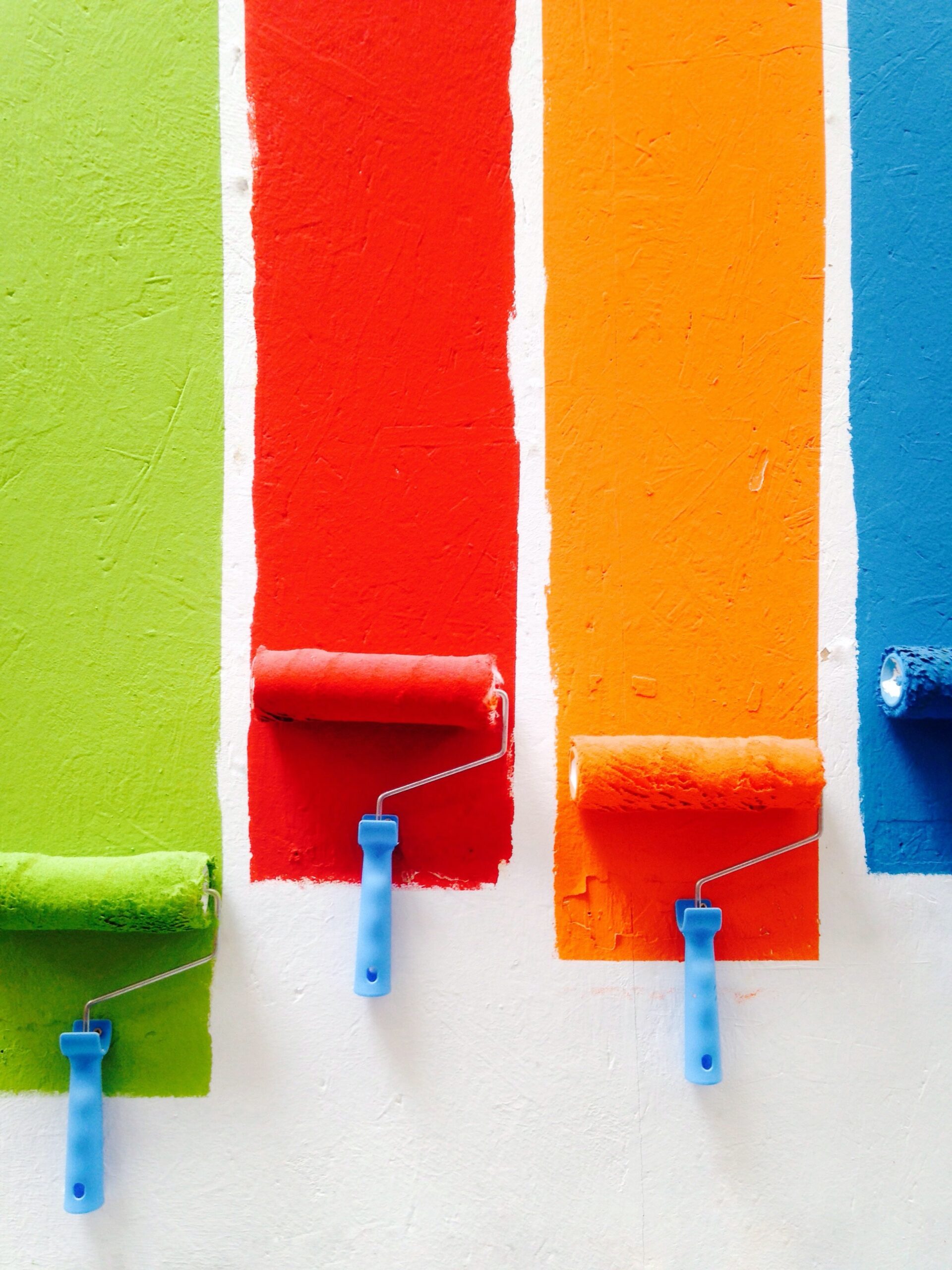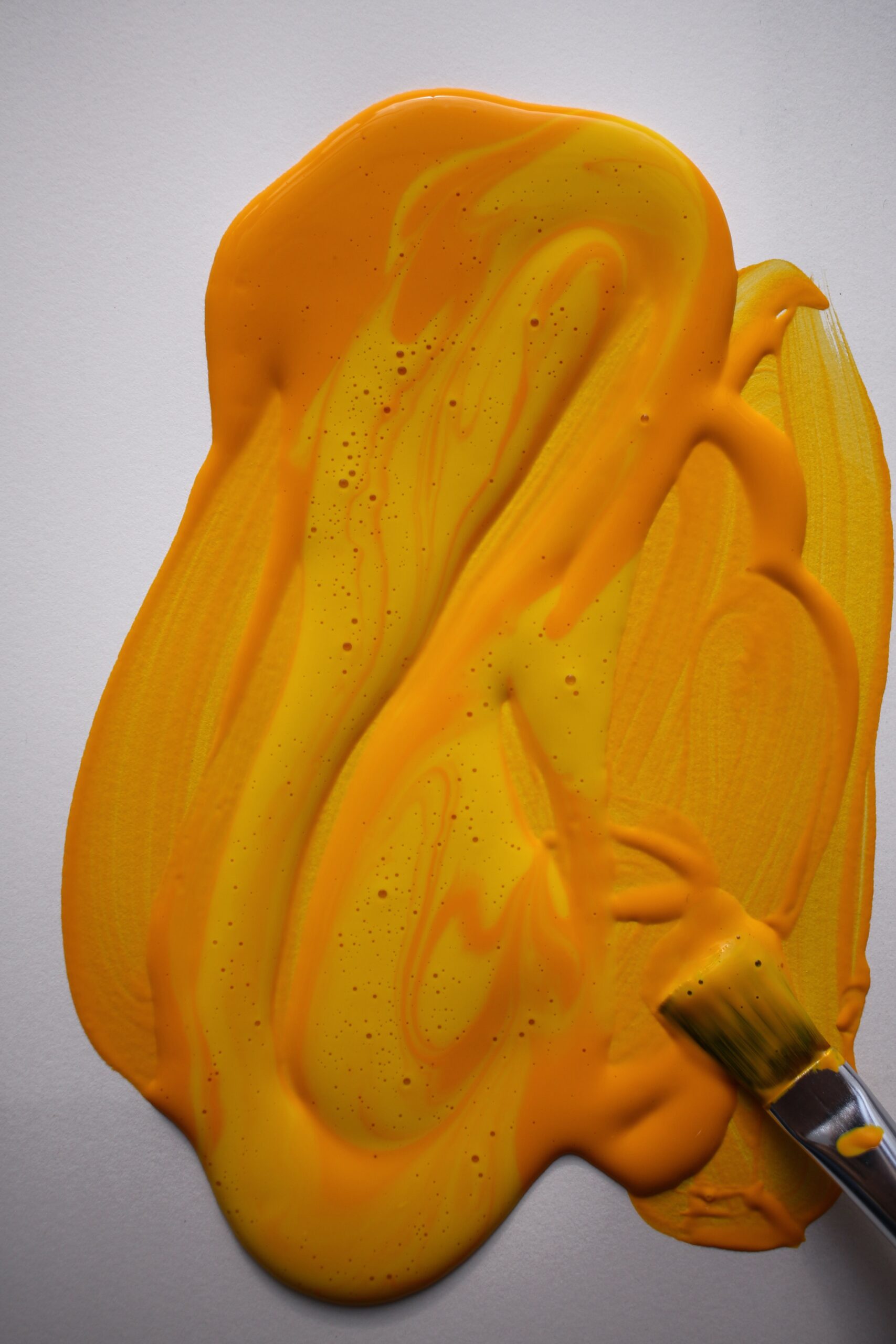If you’ve ever dipped your brush into a jar of acrylic paint, you may have wondered: should I wet the brush before I use it? It’s a common question among artists, and the answer might surprise you. While it’s not necessary to wet your brush before using acrylic paint, there are certain benefits to doing so. In this article, we’ll explore the reasons why some artists choose to wet their brush before painting and whether it’s a technique that could enhance your acrylic painting experience. So, let’s find out if wetting the brush before using acrylic paint is a stroke of genius or simply an artistic preference.
Do You Need to Wet the Brush Before Using Acrylic Paint?
Acrylic paint is a versatile and popular medium used by artists worldwide. Whether you are a beginner or an experienced artist, understanding how to properly use acrylic paint is crucial for achieving the desired results. One question that often arises is whether or not you should wet your brush before using acrylic paint. In this article, we will take a closer look at this topic and explore the benefits and drawbacks of wetting the brush. By considering various factors and different approaches, you will be able to make an informed decision based on your personal preferences and the specific techniques you want to employ.
Understanding Acrylic Paint
Before diving into the topic of wetting the brush, it is essential to understand the composition of acrylic paint. Acrylic paint is made up of pigment particles suspended in an acrylic polymer emulsion. This composition gives acrylic paint its unique properties, including fast drying time and water resistance when dry. Unlike oil paint, which relies on a drying oil as its binder, acrylic paint dries through the evaporation of water, leaving behind a sturdy and flexible paint film.
Benefits of Wetting the Brush
Wetting the brush before using acrylic paint can offer several benefits, enhancing your painting experience and the overall outcome of your artwork.
Enhanced Paint Flow
Wetting the brush can improve the flow of acrylic paint on your canvas. By moistening the bristles, the paint glides more smoothly and evenly, allowing for better coverage and a more controlled application. This is particularly useful when working with thick or heavy body acrylics, which can have a tendency to drag on the canvas without the assistance of moisture.
Easier Blending
Another advantage of wetting the brush is the ease of blending colors. By adding water to the brush before loading it with paint, you can create smoother color transitions and gradients. This technique is especially effective for creating soft edges and subtle transitions in your artwork.
Reduced Brush Strokes
Wetting the brush can help minimize visible brushstrokes on your painting surface. By moistening the bristles, the paint is less likely to leave visible marks or texture, resulting in a more seamless and polished appearance. This is particularly beneficial when aiming for a smooth and realistic finish in your artwork.
Extended Working Time
Acrylic paint dries quickly, which can sometimes make it challenging to work with, especially when executing complex techniques or intricate details. Wetting the brush can extend the working time of acrylic paint, allowing you to work more comfortably and make necessary adjustments before the paint dries. This can be particularly advantageous for artists who prefer a slower and more controlled painting process.
Improved Thinning
Wetting the brush can also aid in thinning acrylic paint. By adding water to the brush, you can dilute the paint and achieve a more transparent and watery consistency. This is useful when creating glazes or washes, where a translucent layer of paint is desired. Thinning the paint in this way can also contribute to smoother and more even color application.
Drawbacks of Wetting the Brush
While wetting the brush can offer several benefits, it is important to consider the potential drawbacks before deciding whether or not to incorporate this technique into your painting process.
Color Dilution
One potential drawback of wetting the brush is the dilution of color intensity. By adding water to the brush, the paint becomes thinner, which can result in a lighter and less saturated color when applied to the canvas. This can be desirable in certain situations, but it may not always be the desired effect, especially if you are looking for vibrant and bold colors in your artwork.
Difficult Control
Wetting the brush can sometimes make it more challenging to control the paint application. The additional moisture can make the paint more fluid and unpredictable, causing it to spread or drip unintentionally. This can be particularly problematic when working on detailed or intricate sections of your artwork.
Potential Muddiness
Another potential issue when wetting the brush is the risk of creating muddy colors. If you are not careful with your color mixing, the added moisture can cause colors to blend and mix together more than intended, resulting in a muddy and less defined appearance. It is essential to exercise caution and control when wetting the brush to avoid unintentional color mixing.
Surface Tension Issues
Wetting the brush can affect the surface tension of the paint, especially if you are working on a porous or absorbent surface. The water on the brush can cause the paint to seep into the surface, making it more difficult to achieve crisp lines and sharp details. This is particularly relevant when working on paper or untreated canvas. It is important to be mindful of the surface you are working on and adjust your technique accordingly.
Factors to Consider
When deciding whether or not to wet the brush before using acrylic paint, several factors come into play. These factors can influence the overall outcome of your artwork and your painting experience.
Paint Consistency
The consistency of your acrylic paint plays a crucial role in determining whether wetting the brush is necessary. If you are working with heavy body acrylics, which are inherently thicker and more viscous, wetting the brush can help improve the flow and spreadability of the paint. On the other hand, if you are working with fluid acrylics, which already have a more watery consistency, wetting the brush may not be necessary and could potentially result in over-thinning the paint.
Painting Technique
Different painting techniques may warrant different approaches to wetting the brush. For example, if you are employing the wet-on-wet technique, which involves applying wet paint onto wet paint, wetting the brush before each stroke can help facilitate blending and smoother paint application. Conversely, if you are working with more controlled and precise techniques, such as dry brushing or glazing, wetting the brush may interfere with the desired effect and make it more challenging to achieve the desired results.
Surface Texture
The texture of your painting surface can also influence the decision to wet the brush. Rough or textured surfaces can benefit from wetting the brush as it helps the paint sink into the crevices and adhere better. However, if you are working on a smooth surface, wetting the brush may not be necessary or may even cause issues with surface tension.
Personal Preference
Ultimately, personal preference should play a significant role in determining whether or not to wet the brush. Every artist has their own unique style, techniques, and preferences when it comes to working with acrylic paint. Some artists may find wetting the brush to be an integral part of their process, while others may prefer to work with dry brushes solely. Experimenting and exploring different approaches will help you determine what works best for you and your artistic style.

Different Approaches
There are different approaches to wetting the brush when working with acrylic paint. Each approach offers unique benefits and considerations, allowing you to tailor your technique to achieve specific effects.
Wetting the Brush with Water
The most common and straightforward approach is wetting the brush with water. Simply dip the brush in water before loading it with paint, ensuring that the bristles are evenly moistened. This technique can help improve paint flow, blending, and thinning of the paint. It is particularly useful when working with heavy body acrylics or when aiming for a more fluid paint application.
Using Acrylic Mediums
In addition to water, you can also wet the brush using acrylic mediums. Acrylic mediums are additives that can alter the properties of acrylic paint. There are various mediums available, such as glazing medium, retarder medium, and flow aid medium, each with its own unique characteristics. Adding these mediums to the brush can offer additional benefits, such as extended working time, increased transparency, or better adhesion to the surface.
Spritzing the Painting Surface
Another approach to wetting the brush is spritzing the painting surface. Rather than wetting the brush directly, you can mist the canvas or paper with water using a spray bottle. This technique can create a slightly moist painting surface, allowing for better paint flow and blending. It is particularly useful when working with dry or absorbent surfaces, ensuring that the paint spreads smoothly and evenly.
When to Wet the Brush
While wetting the brush can be beneficial in many situations, there are specific instances where this technique is particularly useful.
Wet-on-Wet Technique
The wet-on-wet technique, also known as alla prima, involves applying wet paint onto wet paint. Wetting the brush before each stroke is crucial for this technique, as it promotes better color blending and a smoother transition between layers. This technique is commonly used in impressionistic or expressive painting styles, where spontaneity and freshness are desired.
Creating Smooth Gradients
When aiming to create smooth color gradients or soft transitions, wetting the brush can greatly assist in achieving the desired effect. By moistening the brush before loading it with paint, you can seamlessly blend colors together and create a gradual shift in hue or value. This technique is often used in landscape or portrait painting, where realistic representation of light and shadow is essential.
Working with Thick Paint
If you are working with heavy body acrylics or thick applications of paint, wetting the brush can help improve the paint flow and make it easier to apply the paint onto the canvas. Wetting the brush ensures that the paint is evenly distributed on the bristles, preventing the paint from clumping or dragging on the surface. This technique is particularly relevant when working with impasto techniques, where thick and textured paint is applied.

When Not to Wet the Brush
While wetting the brush can be advantageous in many situations, there are instances where this technique may not be necessary or could potentially hinder the desired effect.
Fine Details and Highlights
When working on fine details or applying highlights, wetting the brush may not be ideal. The additional moisture can make the paint difficult to control, leading to unintended smudging or bleeding. In these cases, working with a dry brush allows for greater precision and control, ensuring that the details are accurately represented.
Building Layers
If you are working on layering multiple colors or building up the paint gradually, wetting the brush may disrupt the desired effect. Each layer of paint should be applied onto a dry or partially dried surface to prevent unwanted blending or muddiness. Employing a dry brush technique when layering allows for greater control over the transparency and opacity of each layer.
Textured Effects
If you are aiming to create textured effects in your artwork, wetting the brush may not be appropriate. The added moisture can flatten or smooth out the texture, making it more challenging to achieve the desired effect. Dry brushing or using a palette knife may be more suitable for creating texture and adding depth to your work.
Best Practices
To make the most of the wetting the brush technique, it is important to follow some best practices. By incorporating these practices into your painting process, you can achieve optimal results and enhance your overall painting experience.
Experiment and Practice
Experimenting with different approaches and techniques is key to finding what works best for you. Take the time to practice wetting the brush and observe how it affects the paint flow, color intensity, and blending. Through experimentation, you can gain a better understanding of the technique and its impact on your artwork.
Observe the Paint Consistency
Pay attention to the consistency of your acrylic paint before wetting the brush. Consider the type of acrylic paint you are using and the desired effect you want to achieve. Adjust the amount of water or medium accordingly to ensure that the paint flows smoothly and is not over-thinned.
Control Water Amount
When wetting the brush, it is important to control the amount of water or medium you use. Adding too much water can result in paint that is too thin and difficult to control. Start with small increments of water and gradually increase as necessary, ensuring that the brush is evenly moistened without excessive dripping.
Take Note of Drying Time
Acrylic paint dries quickly, and wetting the brush can extend the working time. However, it is important to be mindful of the drying time of the paint to prevent unwanted smudging or mixing of colors. Allow the paint to dry partially between layers or adjust your technique accordingly to avoid unintended blending.
Clean Brushes Properly
After using wet brushes, it is crucial to clean and care for them properly. Rinse the brushes thoroughly with water and mild soap, removing any paint residue or mediums. Avoid leaving brushes soaked in water for extended periods, as it can damage the bristles. Proper brush care ensures that your brushes remain in good condition and last longer.

Conclusion
Wetting the brush before using acrylic paint is a technique that offers various benefits and considerations to artists. By understanding the composition of acrylic paint, the benefits and drawbacks of wetting the brush, and the factors to consider, you can make an informed decision based on your personal preferences and the techniques you want to employ. Whether you choose to wet the brush with water, use acrylic mediums, or spritz the painting surface, always remember to experiment, observe, and adjust your approach accordingly. With practice and exploration, wetting the brush can become a valuable tool in your artistic journey, enhancing your painting process and allowing you to achieve the desired effects in your artwork.



